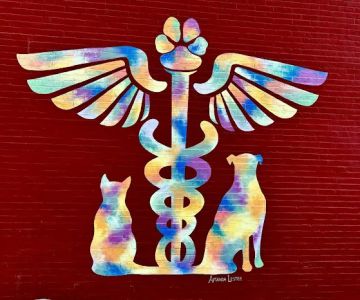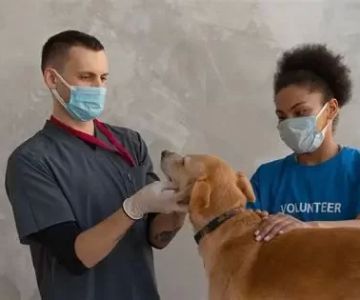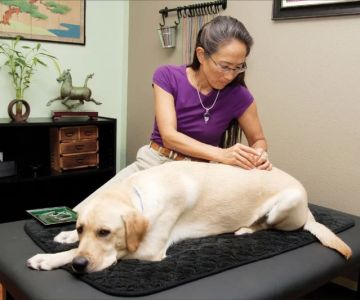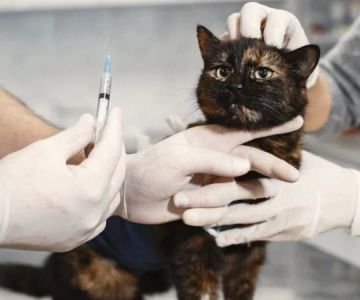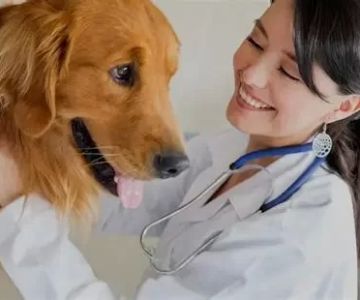What License Do You Need to Be a Veterinarian? A Complete Guide to Veterinary Licensing
Becoming a veterinarian is a rewarding career path for those passionate about animals and interested in science. However, many aspiring veterinarians wonder, “What license do you need to become a veterinarian?” It’s a crucial question that can shape your path toward practicing veterinary medicine. The process of becoming a licensed veterinarian involves education, experience, and passing exams. In this article, I’ll walk you through everything you need to know about veterinary licensing, including the necessary steps and requirements.
Understanding the Role of a Veterinarian
Before diving into the specifics of licensing, it’s important to understand what a veterinarian does. Veterinarians are highly trained medical professionals who care for animals. They diagnose illnesses, prescribe medications, perform surgeries, and offer preventative care to pets, livestock, and even wildlife. The responsibilities of a veterinarian can range from performing routine checkups to handling complex medical conditions. Since they deal with a wide variety of animals, the role requires extensive knowledge of animal biology, pharmacology, and surgery.
As someone who has observed the hard work of veterinarians firsthand, I can say that it’s a career that combines compassion with scientific expertise. To practice as a veterinarian, you need more than just a passion for animals; you must also obtain the proper credentials and licensing to ensure you’re qualified to provide high-quality care.
The Path to Becoming a Veterinarian
To become a licensed veterinarian in the U.S., you must meet several educational and practical requirements. The journey typically involves the following steps:
- Earn a Bachelor’s Degree: While a bachelor’s degree is not required for veterinary school admission, most aspiring veterinarians complete a degree in a science-related field such as biology, animal science, or chemistry. This undergraduate education lays the foundation for the knowledge required in veterinary school.
- Graduate from an Accredited Veterinary School: After earning your undergraduate degree, the next step is to attend an accredited veterinary school. Veterinary programs typically last four years and include a combination of classroom instruction and hands-on clinical training. The American Veterinary Medical Association (AVMA) accredits veterinary schools, ensuring they meet high standards of education.
- Obtain a Veterinary License: After completing veterinary school, the final step to becoming a licensed veterinarian is to pass the North American Veterinary Licensing Examination (NAVLE). This exam tests your knowledge of veterinary medicine and ensures that you have the necessary skills to practice safely and effectively.
- Obtain State Licensure: In addition to passing the NAVLE, veterinarians must also be licensed by the state in which they intend to practice. Each state has its own requirements for licensure, which may include additional exams or background checks. Many states also require veterinarians to complete continuing education throughout their careers to maintain their licenses.
What is the NAVLE?
The North American Veterinary Licensing Examination (NAVLE) is a computer-based exam that all aspiring veterinarians must pass in order to become licensed in the U.S. The NAVLE is administered by the International Council for Veterinary Assessment (ICVA) and is accepted by all U.S. states and Canadian provinces as part of the licensing process.
The exam covers a wide range of topics, including animal physiology, pharmacology, pathology, and clinical skills. It’s a challenging test, but it’s designed to ensure that only highly qualified individuals are allowed to practice veterinary medicine. It is typically taken after completing veterinary school and can be scheduled at various testing centers across the country.
State-Specific Licensing Requirements
Once you’ve passed the NAVLE, you’ll need to apply for licensure in the state where you plan to practice. Each state has different regulations and requirements for licensure, which may include additional exams, proof of your veterinary school education, and criminal background checks. Some states also have their own state-specific exams to test your knowledge of local laws and regulations related to animal care.
For example, the California Veterinary Medical Board requires applicants to pass the California Veterinary Medical Exam in addition to the NAVLE. Other states, such as New York, may require additional documentation or provide alternative paths for licensure based on reciprocity with other states. It’s important to check with your state’s veterinary licensing board to ensure that you’re meeting all the necessary requirements for licensure.
What Happens After You Get Your License?
After obtaining your veterinary license, you’re legally allowed to practice veterinary medicine. This means you can work in a variety of settings, including private practices, animal hospitals, research labs, or even government agencies that monitor animal health.
One key aspect of veterinary medicine is continuing education. Most states require veterinarians to complete a certain number of continuing education (CE) hours every year in order to maintain their license. This ensures that veterinarians stay up-to-date with the latest advancements in animal health and medicine.
Specializations and Board Certifications
Some veterinarians choose to specialize in a particular area of veterinary medicine, such as surgery, dermatology, or cardiology. To become board certified in a specialization, veterinarians must complete additional training and pass rigorous exams. Board certification is not required to practice veterinary medicine, but it can enhance your credibility and earning potential in a specific field.
For example, if you’re passionate about animal surgery, you could pursue additional education and certification to become a diplomate of the American College of Veterinary Surgeons. Specializing in a certain field can open up new career opportunities and allow you to provide highly specialized care for animals.
Conclusion: A Rewarding Career in Veterinary Medicine
Becoming a veterinarian requires a significant amount of education, dedication, and training. From earning a bachelor’s degree to attending veterinary school and obtaining a license, the path to becoming a licensed veterinarian is both challenging and rewarding. Once licensed, veterinarians play a vital role in ensuring the health and well-being of animals, whether they work in private practice, research, or specialty fields.
If you’re considering a career in veterinary medicine, it’s important to understand the licensing requirements and the steps involved in becoming a licensed veterinarian. By following the outlined path and obtaining the necessary qualifications, you can embark on a fulfilling career that makes a difference in the lives of animals and their owners.

